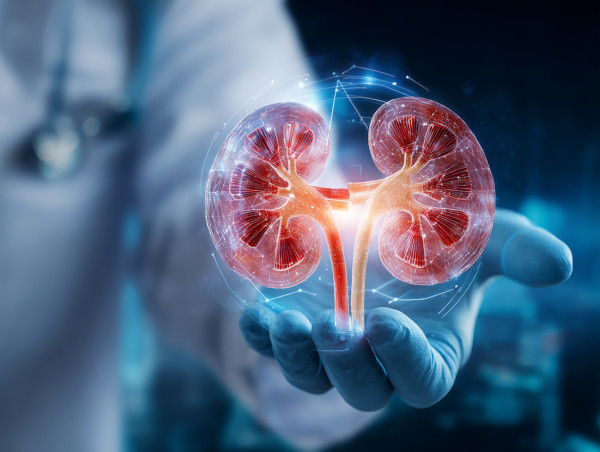A landmark study unveiled today at the ESOT Congress 2025 marks a pivotal advancement in the quest to overcome one of xenotransplantation’s most formidable hurdles: immune rejection. Researchers have, for the first time, produced a comprehensive molecular map of the human immune system’s interaction with pig kidney tissue following transplantation, offering new hope in the race to address the global shortage of transplantable organs.
Led by Dr. Valentin Goutaudier in collaboration with the Paris Institute for Transplantation and Organ Regeneration and the NYU Langone Transplant Institute, the international research team utilised state-of-the-art spatial molecular imaging to examine the intricate dynamics between human immune cells and pig kidney structures. Their findings reveal early markers of immune rejection and identify potential therapeutic targets, opening up possibilities for tailored interventions that could prolong graft survival and functionality.
Among the study’s most compelling revelations was the presence of human immune cells throughout the pig kidney’s filtration system post-transplantation. Evidence of antibody-mediated rejection was observed as early as Day 10, with a peak around Day 33. These findings support previous indications that immune rejection initiates rapidly and evolves progressively, underscoring the importance of timely therapeutic intervention. By closely monitoring immune responses up to Day 61, the researchers were able to define a critical window during which targeted treatments may be most effective.
“This study provides an unprecedented molecular atlas detailing how the human immune system responds to a pig kidney graft,” said Dr. Goutaudier. “By isolating distinct gene expression patterns and cellular behaviours, we can now begin to refine our approach to immunosuppression and improve outcomes for future xenotransplant recipients.” The team developed a specialised bioinformatic framework to distinguish infiltrating human immune cells from native pig kidney cells, thereby enabling precise characterisation of immune activity. Macrophages and myeloid cells emerged as dominant players in the rejection process, consistently appearing across all observed time points.
Importantly, when targeted therapeutic strategies were introduced, the severity of immune-mediated rejection was significantly mitigated. These findings not only reinforce the central role of myeloid-lineage cells in xenograft rejection but also provide compelling evidence that such interventions can be guided by spatial and molecular profiling. The timing of this research is particularly critical, as the first clinical trials of pig-to-human kidney transplantation in living recipients are set to begin in the United States later this year.
As xenotransplantation edges closer to clinical reality, this study lays vital groundwork for the development of more precise and effective anti-rejection protocols. The following steps will focus on enhancing genetic modifications in donor pigs, improving pharmacological regimens to modulate the immune response, and establishing molecular biomarkers for early detection of rejection events. Together, these advancements promise to transform xenotransplantation from a last resort into a viable and scalable solution for the thousands of patients on transplant waiting lists.
Dr. Goutaudier remains cautiously optimistic, noting that while genetically modified pig kidneys may not yet be ready for routine clinical use, the pace of discovery is accelerating. “What we have achieved here represents a foundational shift,” he noted. “By decoding the early molecular language of rejection, we are no longer reacting to immune attacks—we are beginning to anticipate and prevent them.” With ongoing refinement and robust clinical validation, the dream of using pig kidneys to save human lives may soon be within reach.
More information: Valentin Goutaudier et al, Immune response after pig-to-human kidney xenotransplantation: a multimodal phenotyping study, The Lancet. DOI: 10.1016/S0140-6736(23)01349-1
Journal information: The Lancet Provided by Beyond








